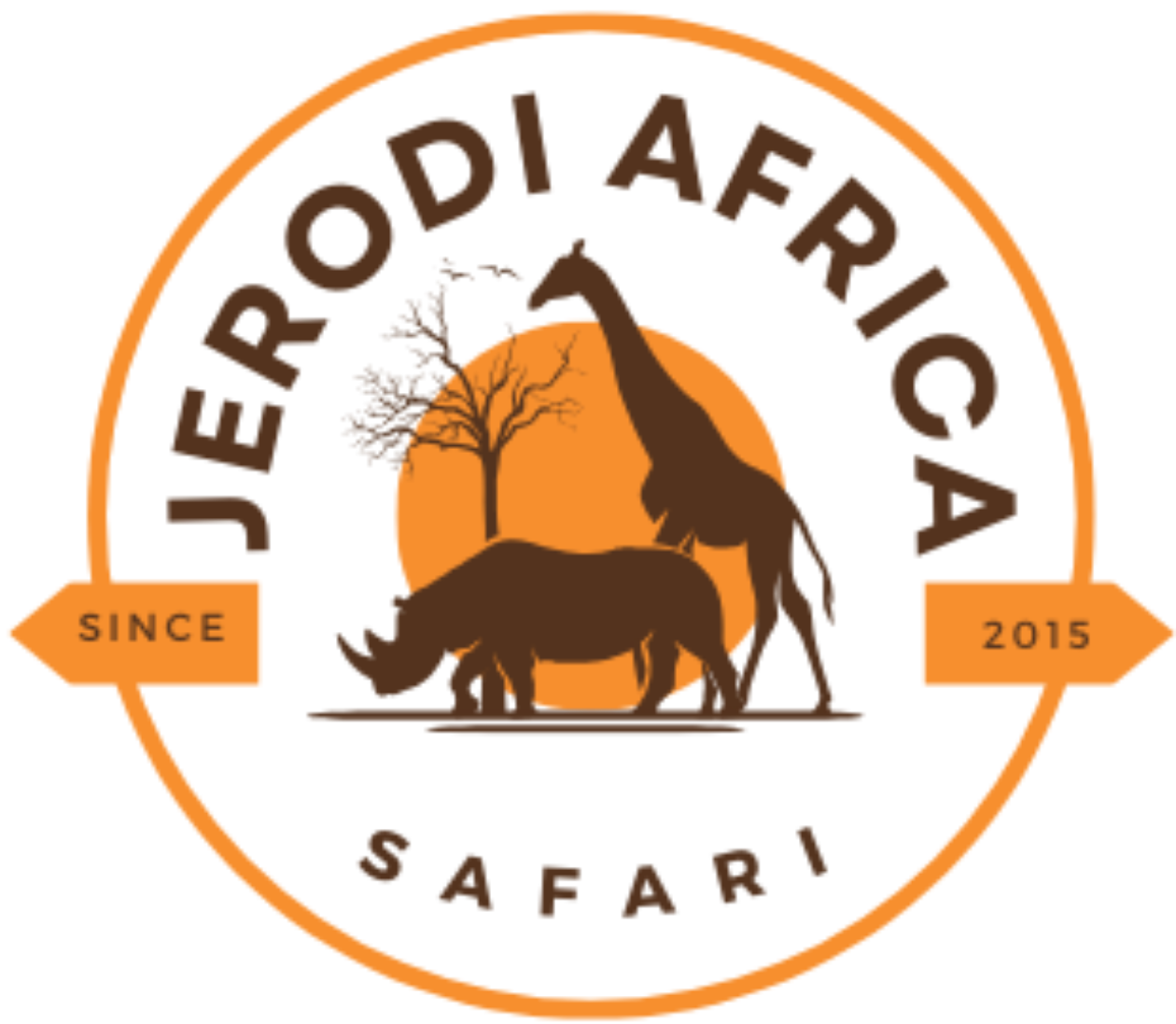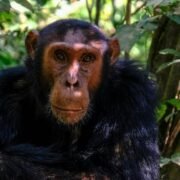
Hartebeest vs Topi in Uganda: Species, Parks & Key Differences

Hartebeest vs Topi in Uganda is a fascinating comparison for safari lovers. These two antelope species may look alike at first glance, but they differ in significant ways—from body shape and horn design to behavior, speed, and habitat preference. Whether you’re a seasoned traveler or planning your first wildlife adventure, understanding the differences between the Hartebeest and Topi will greatly enhance your safari experience. In this article, we’ll dive into their species, breeding seasons, gestation periods, physical features, population trends, and the best parks in Uganda to find them.
Hartebeest vs Topi in Uganda – Species and Classification
Jackson’s Hartebeest in Uganda
Uganda is home to the Jackson’s Hartebeest, a subspecies known for its long face and lyre-shaped horns. They prefer open savannahs and dry grasslands.
Southern Topi in Uganda
On the other hand, the Southern Topi is faster and more compact. It thrives in floodplains and open plains, making it easier to spot in several Ugandan parks.
Breeding Seasons and Gestation of Hartebeest and Topi
Understanding their reproductive cycles helps visitors plan wildlife viewing trips more effectively.
Hartebeest Breeding in Uganda
Typically, Jackson’s Hartebeest breed during the dry season, from December to February. During this time, males establish territories and compete for mating rights.
Topi Breeding Season
Topis, however, tend to breed after the rainy season—mostly from June to August. Interestingly, calving occurs in synchrony, leading to a population boom.
Gestation Period
- Hartebeest: ~240 days
- Topi: ~220 days
As a result, calves are usually born just before the next rainy season, which increases their chances of survival.
Hartebeest vs Topi – Physical Differences and Traits
Despite being in the same antelope family, the two have striking physical differences.
| Feature | Hartebeest | Topi |
|---|---|---|
| Size | Taller and heavier (120 cm at shoulder) | Shorter and more compact (100 cm at shoulder) |
| Color | Reddish-brown with lighter legs | Purplish-brown with black patches on face and limbs |
| Horns | Heavily ridged and V-shaped | Crescent-shaped and thinner |
| Speed | Slower but more enduring | Extremely fast (up to 80 km/h) |
| Behavior | More solitary | Often found in herds |
Consequently, Topi are more agile and suited for open plains where speed offers a survival advantage. Hartebeest, meanwhile, excel in slightly wooded savannahs where endurance is key.s, Topis are built for speed, making them harder to capture on camera.
Where to See Hartebeest vs Topi in Uganda
For safari-goers, knowing where to find these antelopes is crucial. Fortunately, Uganda offers excellent opportunities to view both species in the wild.
📍 Where to See Hartebeest:
- Kidepo Valley National Park – Prime location with large Jackson’s Hartebeest populations.
- Murchison Falls National Park – Often seen grazing in open grasslands.
📍 Where to See Topi:
- Queen Elizabeth National Park – Kasenyi Plains host large Topi herds.
- Lake Mburo National Park – Excellent sightings, especially near water sources.
Because these parks offer diverse ecosystems, guided game drives in the early morning or late afternoon increase your chances of seeing both species.
How to Spot Hartebeest and Topi on Safari
To maximize your chances of seeing Hartebeest vs Topi in UgWhen on a safari, it can be hard to distinguish between similar antelope species. However, there are a few things you can look for:
- Hartebeest: Longer face, sloped back, and upright, thick V-shaped horns.
- Topi: Sleeker body, shiny coat, and curved horns that point backward.
Additionally, Topi are more alert and tend to stand on termite mounds to scan for predators. Hartebeest are more relaxed and graze at a slower pace.
Why This Matters for Safari Planning
Understanding the Hartebeest vs Topi in Uganda comparison allows travelers to appreciate Uganda’s rich antelope diversity. Whether you’re a photographer, a wildlife researcher, or a first-time safari-goer, this knowledge enhances your safari storytelling and memory-making.
Furthermore, choosing the right park based on your wildlife interests can dramatically shape your overall experience.
Hartebeest vs Topi: Key Differences Summarized
| Feature | Hartebeest | Topi |
|---|---|---|
| Subspecies | Jackson’s Hartebeest | Southern Topi |
| Horn Shape | Lyre-shaped, backward curve | S-shaped, ridged |
| Body Color | Reddish-tan | Purple-bronze with black |
| Speed | Moderate endurance | Very fast (up to 70 km/h) |
| Preferred Habitat | Open, dry savannahs | Wet floodplains and grasslands |
| Best Parks | Murchison Falls, Kidepo | Lake Mburo, Queen Elizabeth |
Therefore, choosing which to focus on may depend on the region of Uganda you’re visiting.
Conservation and Population of Uganda’s Antelopes
Although both species are listed as Least Concern, Uganda takes conservation seriously.
- The Uganda Wildlife Authority (UWA) conducts regular population surveys.
- Anti-poaching units are deployed in key parks.
- Ecotourism helps fund wildlife protection.
Final Thoughts: Why Hartebeest vs Topi Matters for Your Safari
In summary, while Hartebeest and Topi may look similar, their physical traits, behaviors, breeding cycles, and habitat preferences make each species unique. Therefore, a visit to Uganda’s national parks offers you the rare chance to observe both in their natural environments. So if you’re planning your next safari, knowing the difference between Hartebeest vs Topi in Uganda will help you spot, identify, and admire these majestic creatures with confidence and if you’re a wildlife enthusiast or a photographer, don’t miss the chance to spot both species. In addition, including them in your itinerary supports conservation through responsible tourism.
Related Articles:
Recent Posts
Hartebeest vs Topi in Uganda: Species, Parks & Key Differences
Mountain Gorillas and Chimpanzees in Uganda
Monkeys in Uganda: Species, Parks & Safari Guide
Tags

Thailand




